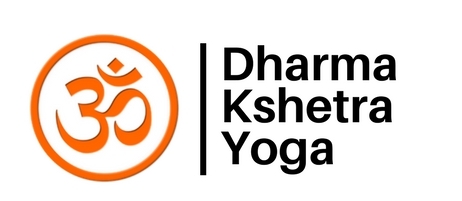by Cathy
Have you ever heard of Yoga Therapy? Do you wonder if it is like counseling or physical therapy? Wonder no more!
Yoga Therapy is “the professional application of the principles and practices of yoga to promote health and well-being within a therapeutic relationship that includes personalized assessment, goal setting, lifestyle management, and yoga practices for individuals or small groups.” (https://www.iayt.org/ viewed 6.22.2022)
The International Association of Yoga Therapists (iayt.org) was formed in 1989 to organize and develop standards for the profession of yoga therapy. In 2014, the accreditation process began for schools and in 2016, IAYT began certifying yoga therapists (C-IAYT). Both Atmadarshan and I have a long history of working in the yoga therapy field and were grandfathered into this credential.
All yoga is therapeutic. In fact, yoga traditionally was instructed on a one-to-one basis, adapted specifically to the student and how they were progressing through their lessons. Class instruction is a relatively modern phenomenon, which evolved during the British Raj in India that ended in 1947. That said, the modern yoga class has been successful in bringing the benefits of yoga to the masses, especially for managing stress. But we also know that some of us have been put off by yoga: there are so many styles and perhaps we’ve landed in a class that doesn’t meet our needs – too hard, too easy, too spiritual, too woo-woo, too fitness-y, you name it – and we decide that yoga isn’t for us.
But yoga does have something for everybody. A yoga therapist’s toolbox is vast with any number of ways to adapt yoga practices to meet individual needs so you can reach your wellness goals. Wellness is not limited to physical health, though that is very important. Wellness is multidimensional and the yoga therapy map to wellbeing uses the five koshas to guide us. The five koshas are the sheaths or layers that comprise a human being: the physical body itself; the energetic sheath – aura, prana, chi, etc.; the psycho-emotional layer – the mind and senses; the wisdom body – our intuitive, inner knowing capacity; and the bliss body – where we tap into inherent joy and the present moment.
We can practice yoga without ever coming into a yoga pose and we can practice yoga without ever chanting OM. Our last blog post on The Multifaceted Gem of Yoga described eight broad styles of yoga that we can bring into our lives. A yoga therapist draws from this gem to help you create a program that meets your needs and fits into your life as it is right now. Over time, you have the opportunity to evolve your practice and draw from these timeless teachings.
Curious? This summer, while Atmadarshan is busy promoting her book, I am offering a 20% discount on a single yoga therapy session when you sign up and mention this blog between July 17 and August 27, 2022! Use our contact form to get started.
Interestingly, the Bhagavad Gita is often referred to as the first yoga therapy manual. Arjuna is the client and Krishna is his yoga therapist. Arjuna has fallen into a great depression and has reached out to Krishna to help him overcome his plight. Through dialogue (collaboration) and education in yoga, Arjuna is able to resolve his depression and follow his dharma (life purpose). Krishna, as the yoga therapist, provides the container for Arjuna’s healing, empowering him through the yogic teachings that evolve over the course of the story. Arjuna’s story is the story of every individual, transcending time, culture, and class. Krishna’s teachings provide a blueprint for each of us to develop our own path to optimal wellbeing through the teachings of yoga.
As many of you know, Atmadarshan is our resident expert on the Bhagavad Gita. Few scholars have been able to translate these teachings in a way that truly speak to modern day readers. I have had the opportunity to study with many teachers over the years. Only three have spoken on the Gita in a way that has captivated and inspired me. Only one of them has put pen to paper: Atmadarshan has the gift of storytelling that makes this timeless work accessible and most applicable for us, something our world can benefit from during these difficult times. We are so excited that the first book in her series on the Gita – Hearing The Song of Your Soul, A Poetic Translation of the Bhagavad Gita – is available now on Amazon. The rest of the series will be released in the coming months.

